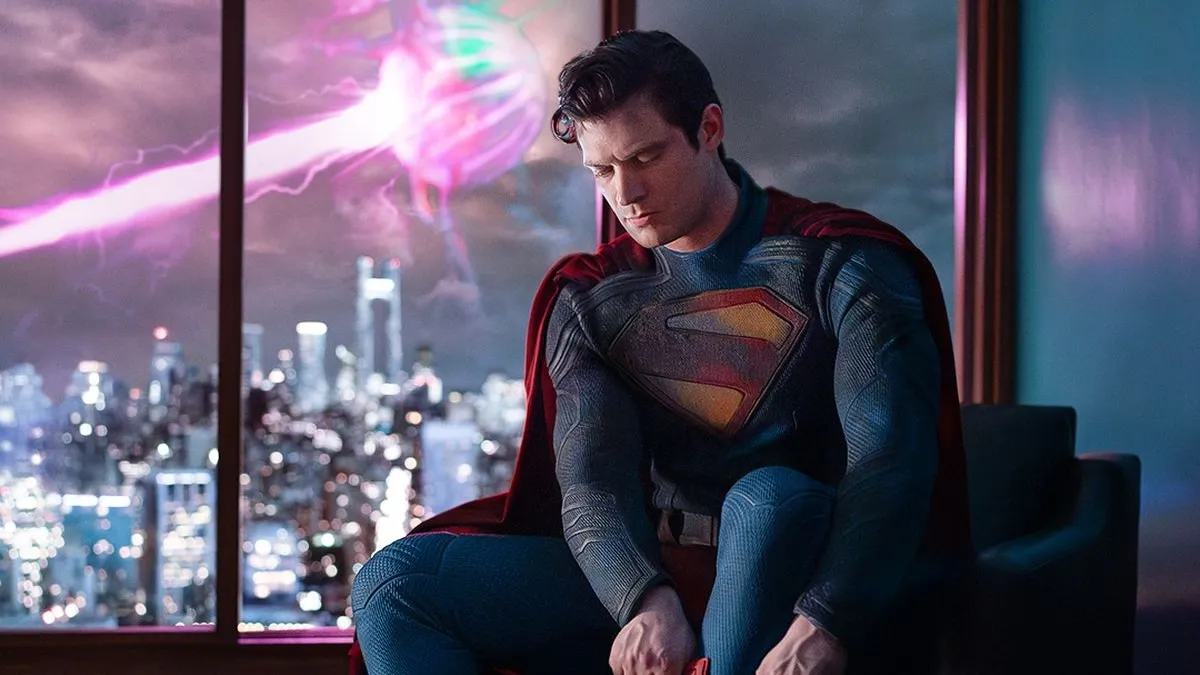In the immediate Twitter aftermath of the title of the final Skywalker Saga film, The Rise of Skywalker, being released, I noticed some worries that the film would retcon The Last Jedi in some way, shape, or form. The use of Skywalker in the title, the return of classic villain Palpatine… it could seem as though director JJ Abrams is returning to the past and relying on that dreaded concept of fanservice to calm frazzled nerves after The Last Jedi.
I disagree, as much as my feelings on The Last Jedi are as conflicted as possible. After re-watching the trailer more times than was probably healthy and spending a day analyzing the title and trailer, I think this perfectly continues what both The Force Awakens and The Last Jedi started. It balances between the idea of the past as something that we should honor but move beyond.
The Force Awakens was all about those legacy feelings. Kylo Ren was fixated on emulating his grandfather Anakin Skywalker; he dresses like Darth Vader, complete with a mask, and speaks to the burnt Vader helmet as he begs his grandfather to show him what to do. On the flip side, the Skywalker saber calls to Rey; “that lightsaber was Luke’s, and his father’s before him, and now it calls to you” Maz Kanata tells Rey, before reminding her gently that the belonging she seeks is not behind her, but rather ahead. The entire film is about Luke Skywalker’s legacy and why it’s of paramount importance to find him and bring him back to the Resistance.
The Last Jedi subverts those legacy ideas by challenging the idea that Rey had to come from somewhere to be important. Kylo Ren, the child of Leia Organa and the grandchild of Anakin Skywalker, is the Dark Side incarnate; Rey, the child from nowhere is his equal in the Light. Luke Skywalker talks mockingly of his own legend and how he failed, and in a deleted scene Rey screams at him about how those legends meant something to her growing up.
In one of the later scenes, Kylo tells Rey to “let the past die… to kill it if you have to.” He says they must let it all die—the Jedi, Sith, and Resistance—in order to rule the galaxy. Rey rejects this, and later helps the Resistance escape as Luke Skywalker embodies his legend one last time to make the ultimate sacrifice. He says he will not be the last Jedi, but that might not be the case.
We’ve talked about Skywalker possibly being the new term for Force users in a previous post; it’s worth noting that in tie-in novel Thrawn: Alliances, it’s revealed that the Chiss alien species refers to their Force sensitives as Skywalkers. By taking on the name Skywalker as a mantle meaning “Force user” or even “hero,” Rey is honoring Luke and his life and sacrifice while moving past the binary of Jedi and Sith as a title. This isn’t to say there won’t be good and evil, but we might be abandoning the titles of the past in favor of something new.
Luke says in the trailer. “We’ve passed on all we know. A thousand generations live in you now. But this is your fight.” He also says “we’ll always be with you. No one’s ever really gone.” This to me is the balance between the legacy of The Force Awakens and Kylo’s line in The Last Jedi. Luke, and those who have come before, will always be with both characters and audiences, and their legacy will live on. But it’s also time for a new hero to rise, and a new generation to take charge. They cannot let the past fight their battles for them.
There is a way to tell a story about honoring the past while still learning and moving past it. The prequels was about Anakin’s inescapable destiny, and the originals about Luke and his father’s legacy. The key line in the originals is “I am a Jedi, like my father before me.” The sequels, which need to close out a saga about legacies, have to find a new take that isn’t either tragedy or following in one’s father’s footsteps. Something must change, otherwise we’ll get nine more films about the Skywalkers getting into mayhem.
The Force Awakens novelization opens with a poem from the Journal of the Whills, which reads:
First comes the day
Then comes the night.
After the darkness
Shines through the light.
The difference, they say,
Is only made right
By the resolving of gray
Through refined Jedi sight.
The first film ends on triumph, the second has a darker ending which has a light shining through in the form of Leia’s last line and the future of the Force being represented via a child on Canto Bight. Rey has learned so much on her journey, and now has the emotional maturity and tools to resolve the grey by doing away with the ideas of the past and seeing a future that her predecessors never would have seen.
Of course, I could be wrong and Abrams could find a way to retcon everything.. However, I have hope that the way this film seems to be headed, based on what little we do know, that it will be a perfect conclusion to the sequel trilogy and will have it’s own twists without necessarily undoing anything established in a previous film. Balance seems to be key, everyone.
(image: Lucasfilm)
Want more stories like this? Become a subscriber and support the site!
—The Mary Sue has a strict comment policy that forbids, but is not limited to, personal insults toward anyone, hate speech, and trolling.—









Published: Apr 13, 2019 01:23 pm